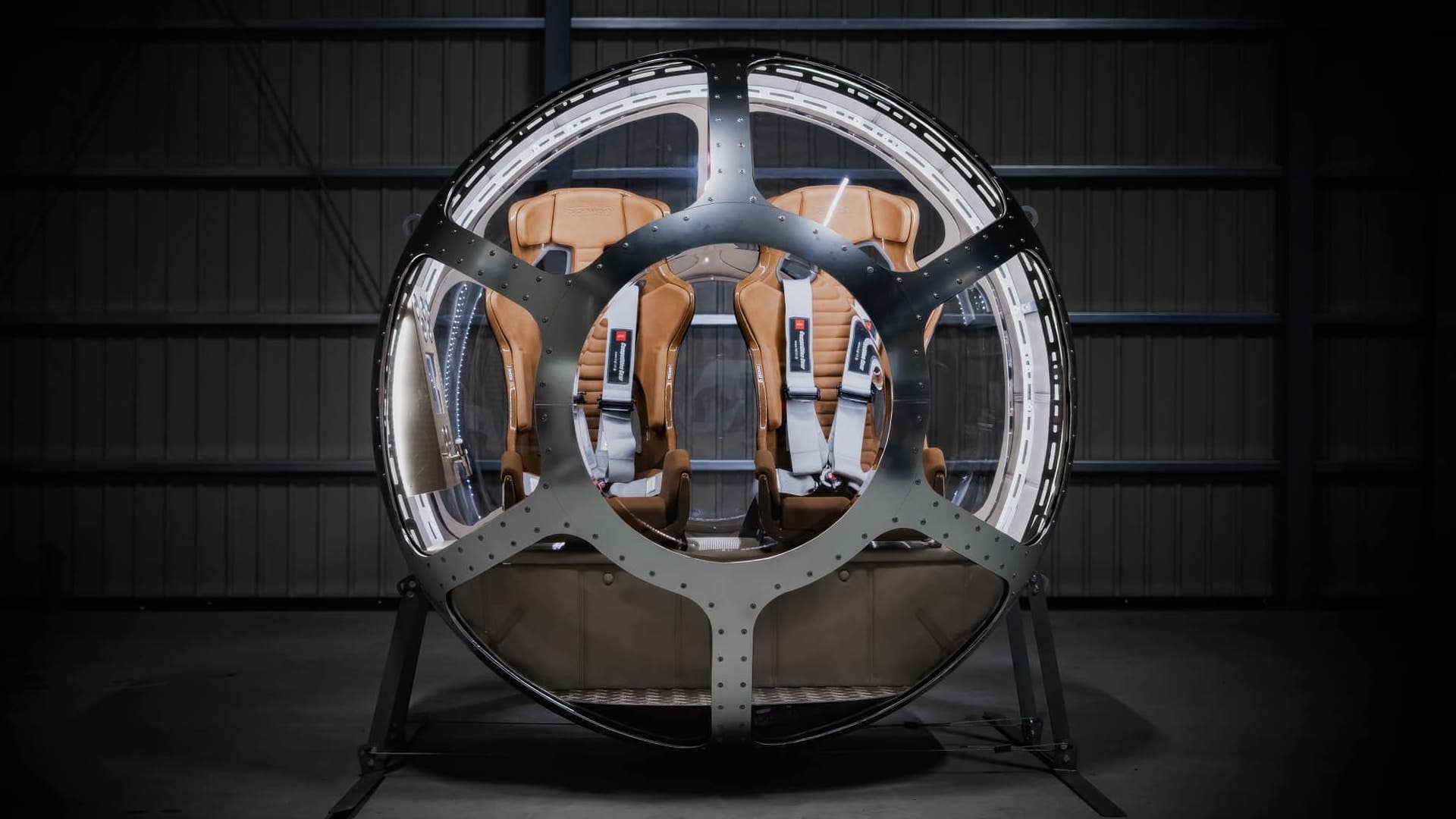

A new Japanese space tourism business says it aims to “democratize space” by taking customers to extreme altitudes not with rockets, but good old-fashioned helium balloons. The journey will take passengers high enough to see the curvature of the earth as soon as later this year.
Iwaya Giken announced Tuesday that it’s accepting applications for passengers in its initial commercial balloon flights to “space,” The Associated Press reported. The company says it has been developing a windowed, airtight capsule for two and the helium balloon that elevates it since 2012. Launching from Hokkaido, Japan, the flights are expected to take two hours to reach their peak altitude of 82,000 feet, remain there for an hour, and slowly descend back to earth.


“It’s safe, economical and gentle for people,” CEO Keisuke Iwaya told AP News. “The idea is to make space tourism for everyone.”
That means no need for specialized training or the oligarchic wealth required for flights with SpaceX, which reportedly charged $55 million per person on a visit to the International Space Station in April 2022. Iwaya Giken, by contrast, expects its balloon flights to cost less than 1/300th that at first, starting around $178,000, while Iwaya says he hopes to reduce costs to a fraction of that in time.
It should be noted that the balloon flights aren’t actually reaching outer space, as the balloons’ maximum altitude is well short of the Kármán Line informally treated as the boundary to space. That’s all the way up at 328,000 feet, or four times what Iwaya Giken balloons will reach. Still, it’s around the service ceiling of the Lockheed U-2 spy plane, whose (selfie-snapping) pilots need pressure suits to survive. (Hence, the airtight capsule.)
Iwaya Giken opened applications for its first flights Tuesday and will keep them open through August. It intends to announce its first five passengers in October and launch its first manned balloon by the end of the year, staggering trips by a week or more depending on the weather. Again, it’s not spaceflight per se, but it’s a lot closer to it than non-plutocrats have ever been able to get. Plus, it has a far smaller chance of exploding than one of Bezos or Branson’s flying phalluses.
Got a tip or question for the author? You can reach them here: james@thedrive.com